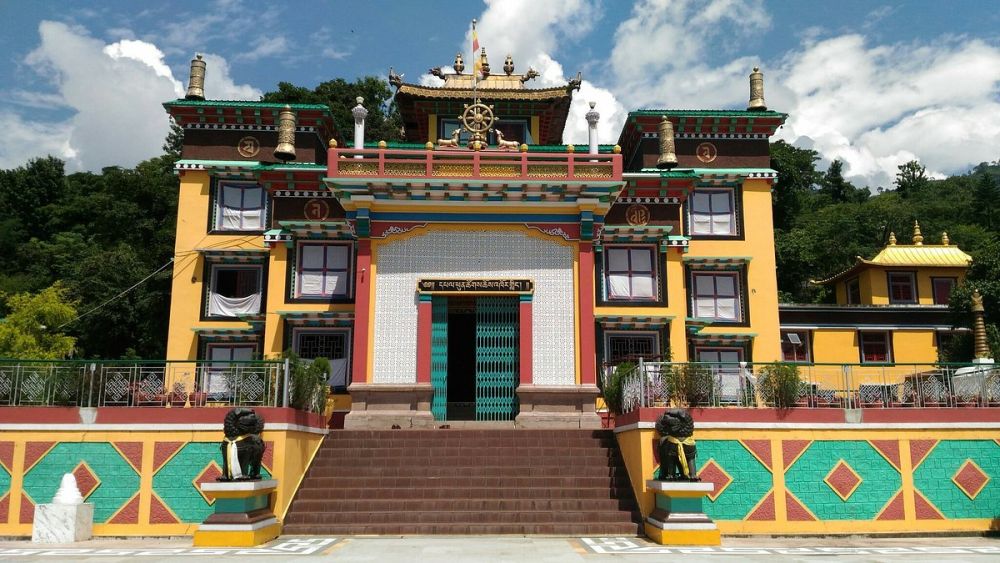

Located in the quaint town of Palampur within the picturesque Kangra Valley of Himachal Pradesh, India, the Tashi Jong Monastery stands as a testament to the spirituality and cultural heritage of the region. This tranquil haven is not just a place of worship but a community that embraces the essence of Tibetan Buddhism and its rich tradition. Established in the late 1960s by the 8th Khamtrul Rinpoche, Dongyu Nyima, Tashi Jong has become a sanctuary for many Tibetans seeking solace and the preservation of their culture away from their homeland.
The history of tourism in Tashi Jong Monastery is relatively young. With the increase in popularity of Dharamshala as the home of the Dalai Lama and the spread of interest in Tibetan culture and spirituality, Tashi Jong began attracting visitors from around the globe. The intricate traditional art, the vibrant prayer flags, and the meticulously manicured gardens of the monastery serve as a lure for those seeking peace and understanding of Tibetan Buddhist practices. Palampur’s reputation as the 'Tea Capital of North India' also contributed to a higher influx of tourists in the area, some of whom embark on a journey to this monastery.
Integral to the monastery’s mission is the preservation of the Drukpa Kagyu lineage of Tibetan Buddhism. The monastery includes a Tibetan crafts community, ensuring the continuation of traditional arts and crafts. The Tashi Jong community also comprises educational institutions such as the Khampagar Monastic Institute, providing comprehensive education to its monks, further bolstering the monastery as a center for learning and spiritual practice.
In recent years, there has been a noticeable trend in tourists seeking more experiential and meaningful travel experiences. Tashi Jong Monastery, surrounded by the Dhauladhar mountains, offers visitors a chance to engage with the daily life of the monks, understand their rituals, and participate in meditative practices. Eco-tourism is also on the rise, and Tashi Jong’s practice of sustainability aligns well with the values of eco-conscious travelers.
Visitors can now enjoy homestays with local families in the area, contributing to the community while experiencing authentic Himalayan hospitality. Voluntourism is another emerging trend, where tourists can take part in various community services or educational programs, enriching their travel experience while giving back to the local community. With mindfulness and spiritual wellbeing becoming increasingly prominent in the tourism industry, Tashi Jong Monastery is gaining popularity as a destination for those wishing to escape the hustle and bustle of daily life.
The monastery is not just a bastion of spirituality but is also adorned with beautiful traditional thangka paintings, sculptures, and a unique architectural style that mimics the quintessence of Tibetan design. The annual festivals, such as the Cham Dance, are a colorful display of the Tibetan culture, attracting both devotees and curious tourists alike. The serene ambiance, coupled with the chant of prayers and the stunning landscape, make Tashi Jong Monastery a must-visit destination for anyone traveling to Himachal Pradesh.
Whether one seeks spiritual enlightenment, an understanding of Tibetan culture, or simply the peacefulness of a Buddhist monastery, Tashi Jong Monastery in Palampur is a destination that offers all this and more to its visitors, thereby continuing to hold a special place in the history and future of tourism in Himachal Pradesh, India.